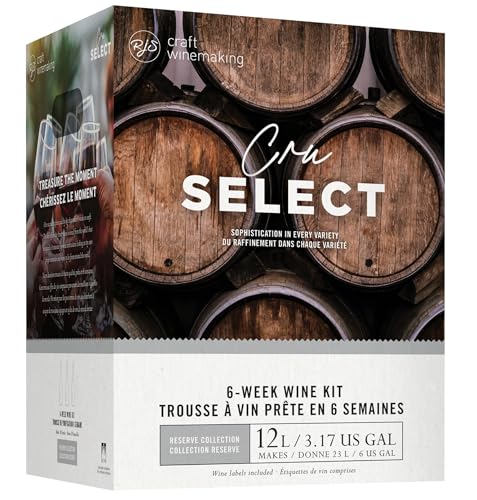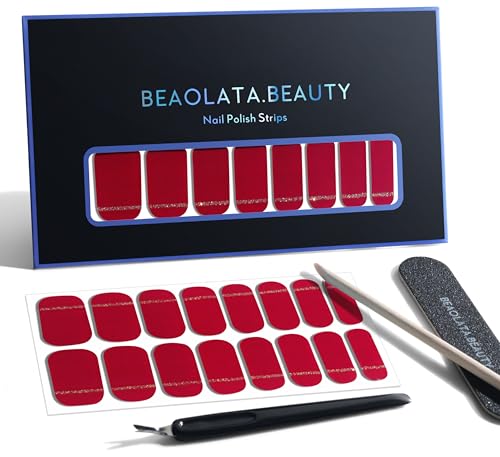fishonline
Member
- Joined
- Jan 10, 2012
- Messages
- 89
- Reaction score
- 3
Hello everyone! I'm new to your form and new to wine making. I just finished de-gassing and racking my first batch of Chardonnay last night. I made a 6 gallon batch using 2 Alexander's Pinot Chardonanny concentrate. I used about 4 oz of French Oak chips in the primary and secondary and the oak was in the wine for a total of about 6 weeks before racking off last night. My concern is after tasting a sample of wine it has a terribly over-powering flavor and smell of oak. And the color of the wine is dark like oak. Did I ruin the wine or does this go away after bulk aging? Is there anything I can use to try and remove this flavor and smell? Being new to wine making I am not sure how much I should expect the wine to change after bulk aging and bottling. It would have to change a great deal before it would ever be drinkable. Any thoughts would be greatly appreciated!
Tim
Tim


















![[Upgraded] 9Pcs Tree Root Growing Box with Drain Holes, Half Transparent Plant Rooting Propagation Ball & Metal Core Twist Ties, for Fast Propagation Plants (Size M)](https://m.media-amazon.com/images/I/514MWQxtWOL._SL500_.jpg)


































